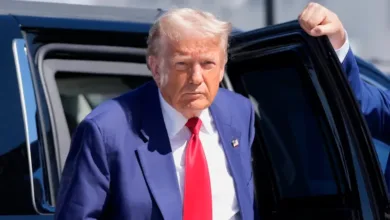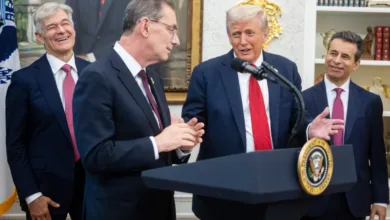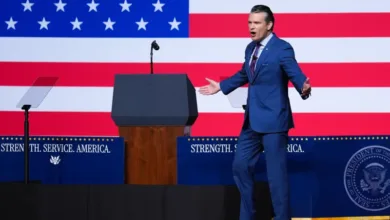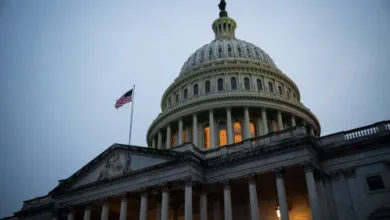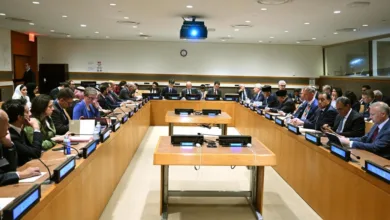Are We on the Brink of a New Cold War?
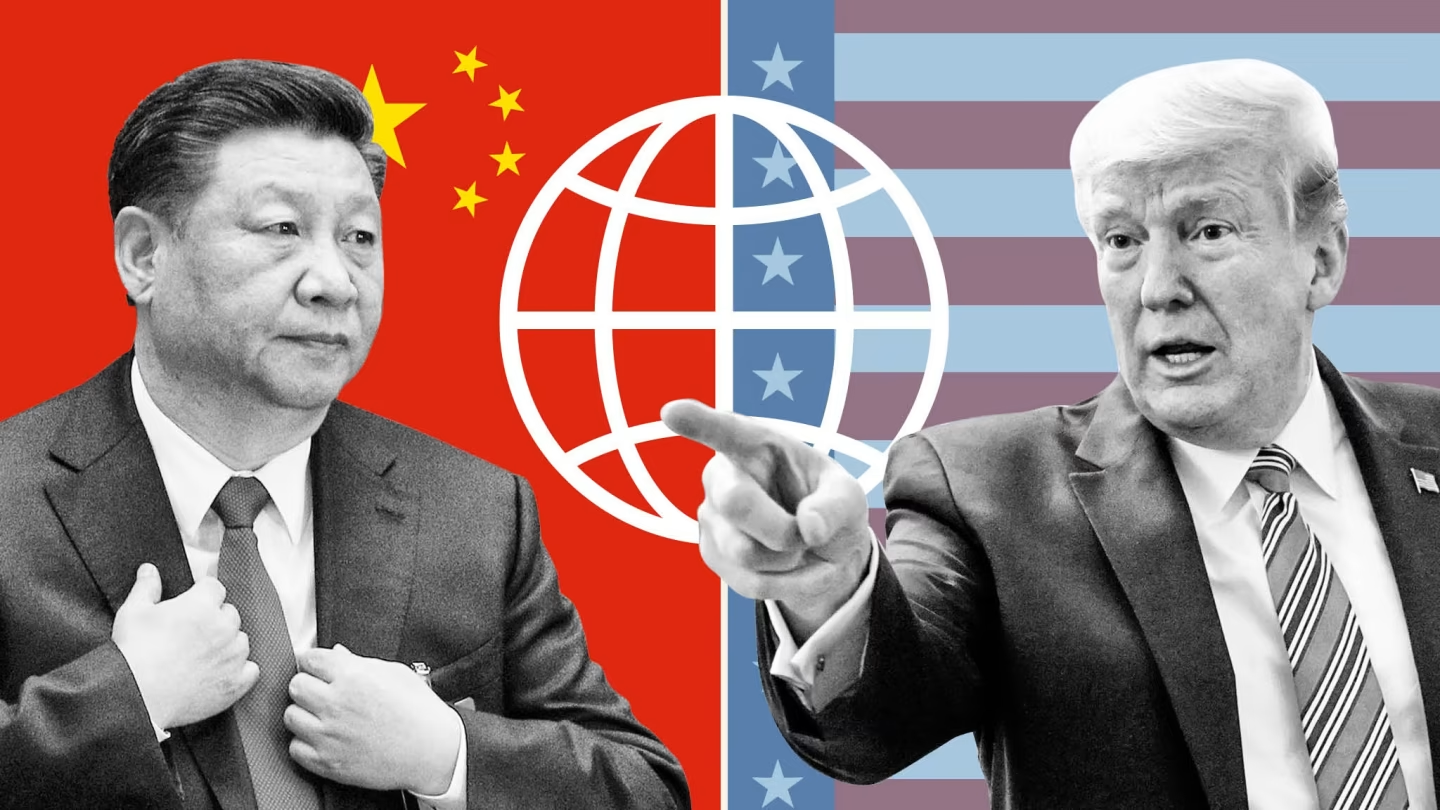
The global political climate in the 21st century has raised questions about whether a new Cold War is emerging. Tensions between major powers, technological rivalries, and economic conflicts mirror historical confrontations. Continuous updates in breaking news platforms highlight the importance of monitoring these developments closely.
Leaders such as donaldtrump and institutions like the federalreserve continue to influence international relations, shaping the market and global political strategies. Media outlets including foxnews play a crucial role in informing the public about these evolving tensions.
1. Historical Context of the Cold War
The original Cold War, lasting from 1947 to 1991, was defined by ideological conflict between the United States and the Soviet Union. It involved political, economic, and military confrontations without direct large-scale warfare between the superpowers.
Key elements included:
-
Nuclear arms race
-
Proxy wars in Asia, Africa, and Latin America
-
Espionage and intelligence operations
2. Current Global Tensions
Modern global politics exhibit similarities with the Cold War era:
-
Increasing competition between us and China
-
Cybersecurity threats and information warfare
-
Economic sanctions and trade wars
3. Military Developments and Alliances
3.1 Asia-Pacific
The rise of China has prompted new alliances in the region, including strengthening U.S.-Japan-South Korea cooperation. Military exercises and defense treaties echo Cold War strategies.
3.2 Europe
NATO remains a central pillar in European security, adapting to new threats such as cyber attacks and energy dependency. Coverage in fox and fox news emphasizes NATO’s evolving role.
4. Economic and Technological Rivalries
Global economies are interconnected, but competition is fierce:
-
Trade tensions affect the market and investment strategies
-
Technological superiority, including AI and 5G, drives strategic advantage
-
Companies like Playstation 4 Pro manufacturers exemplify tech-based geopolitical influence
5. Media and Public Perception
Modern media, including trump news and other portals, shape public understanding of global conflicts. Social media amplifies narratives, while traditional news outlets provide detailed analysis.
6. Long-Term Implications
If tensions continue, the world may face:
-
Prolonged geopolitical stalemates
-
Regional proxy conflicts
-
Increased influence of non-state actors and multinational corporations
While the world is not yet in a full-scale Cold War, current trends indicate rising global tension. Observing developments through breaking news channels, along with analysis from foxnews and trumpnews, provides critical insight into potential future conflicts.
